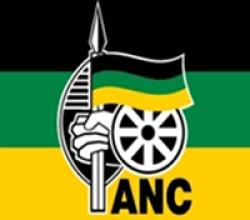
Published date
17 December 1949
The adoption of a Programme of Action by the African National Congress (ANC) at the December conference marked one of the most important turning points in the history of the Organisation's existence up to that time. The adoption was precipitated by the victory of the National party and its determination to implement a policy of apartheid. The ANC, inspired by the desire to achieve national freedom, was transformed in the following decade. Formerly an organisation led by middle class liberals who believed that they could, through persuasion, wring concessions from the White government, it now became a militant liberation movement. The Programme of Action called on the ANC to embark on mass action, involving civil disobedience, strikes, boycotts and other forms of non-violent resistance, similar to the 1946 Passive resistance campaign mounted by the South African Indian Conference (SAIC). In 1952, the young guard in the ANC, led by Walter Sisulu, Oliver Tambo and Nelson Mandela, in alliance with the SAIC, the Congress of Trade Unions and the Coloured Peoples' Congress, embarked on a Defiance Campaign. This was the first major non-violent resistance campaign jointly mounted by the Black communities and a small group of White left wing activists and a result of the adoption of the Programme of Action.
References
Reader's Digest. (1988). Illustrated History of South Africa: the real story, New York: Reader's Digest Association, p. 382.